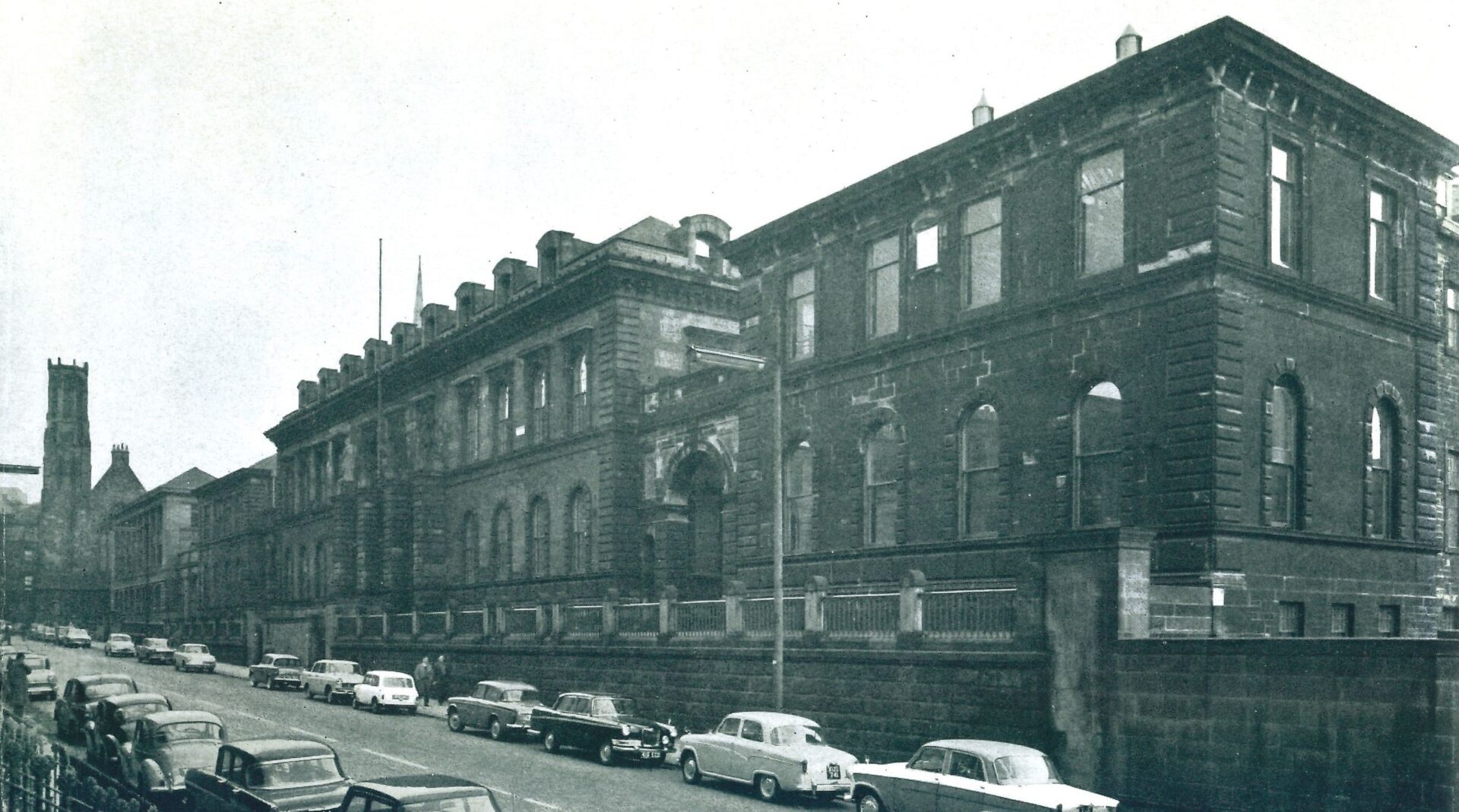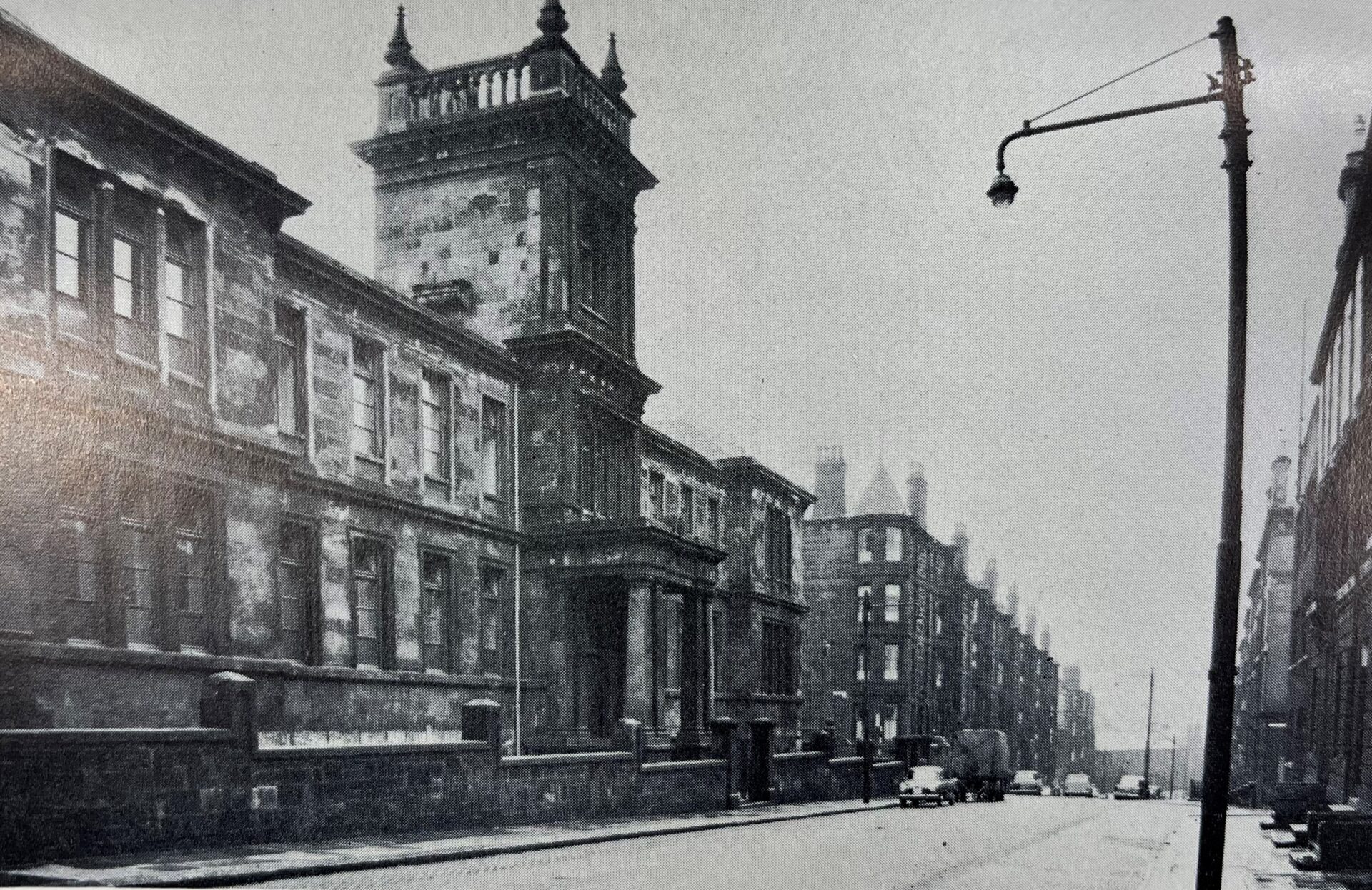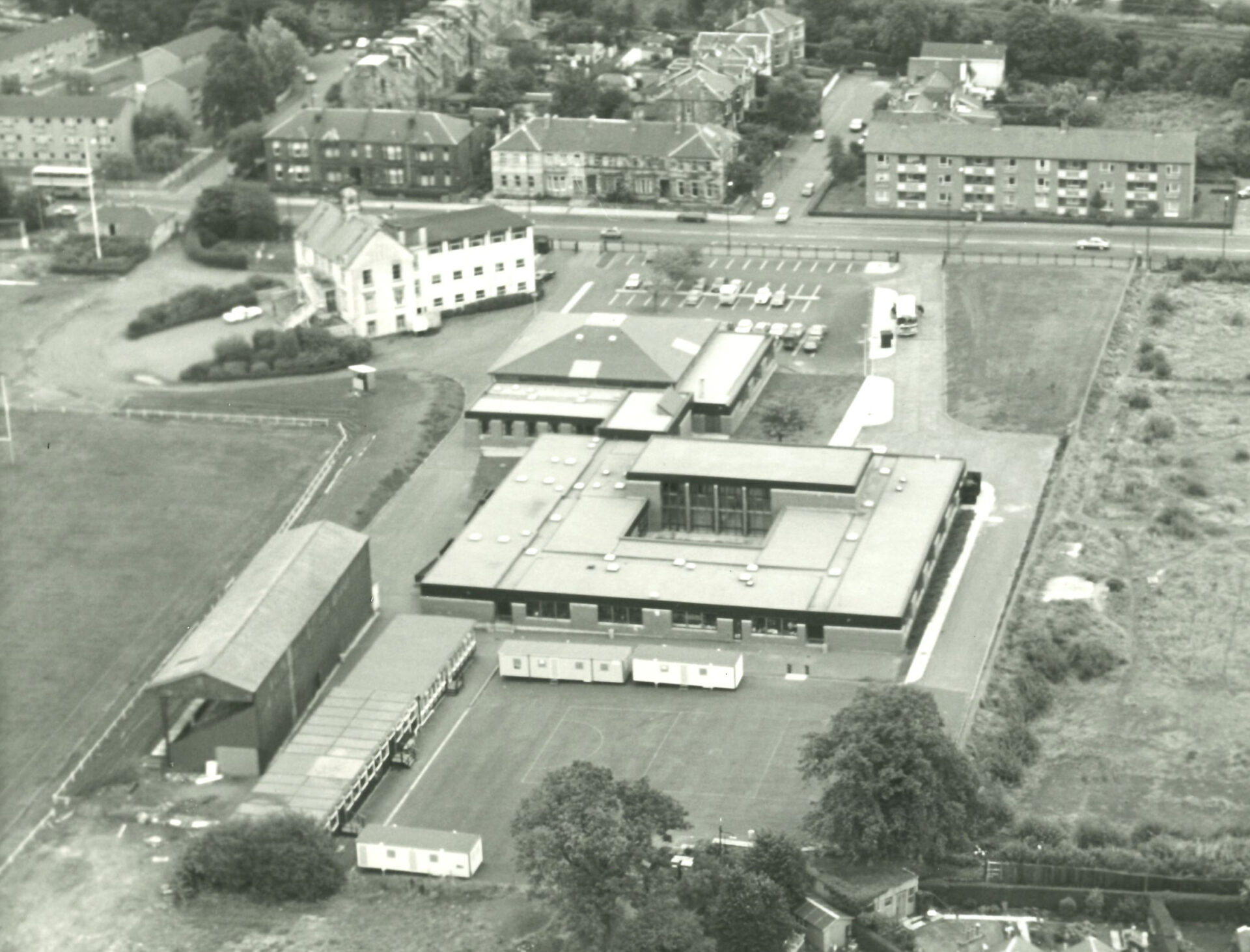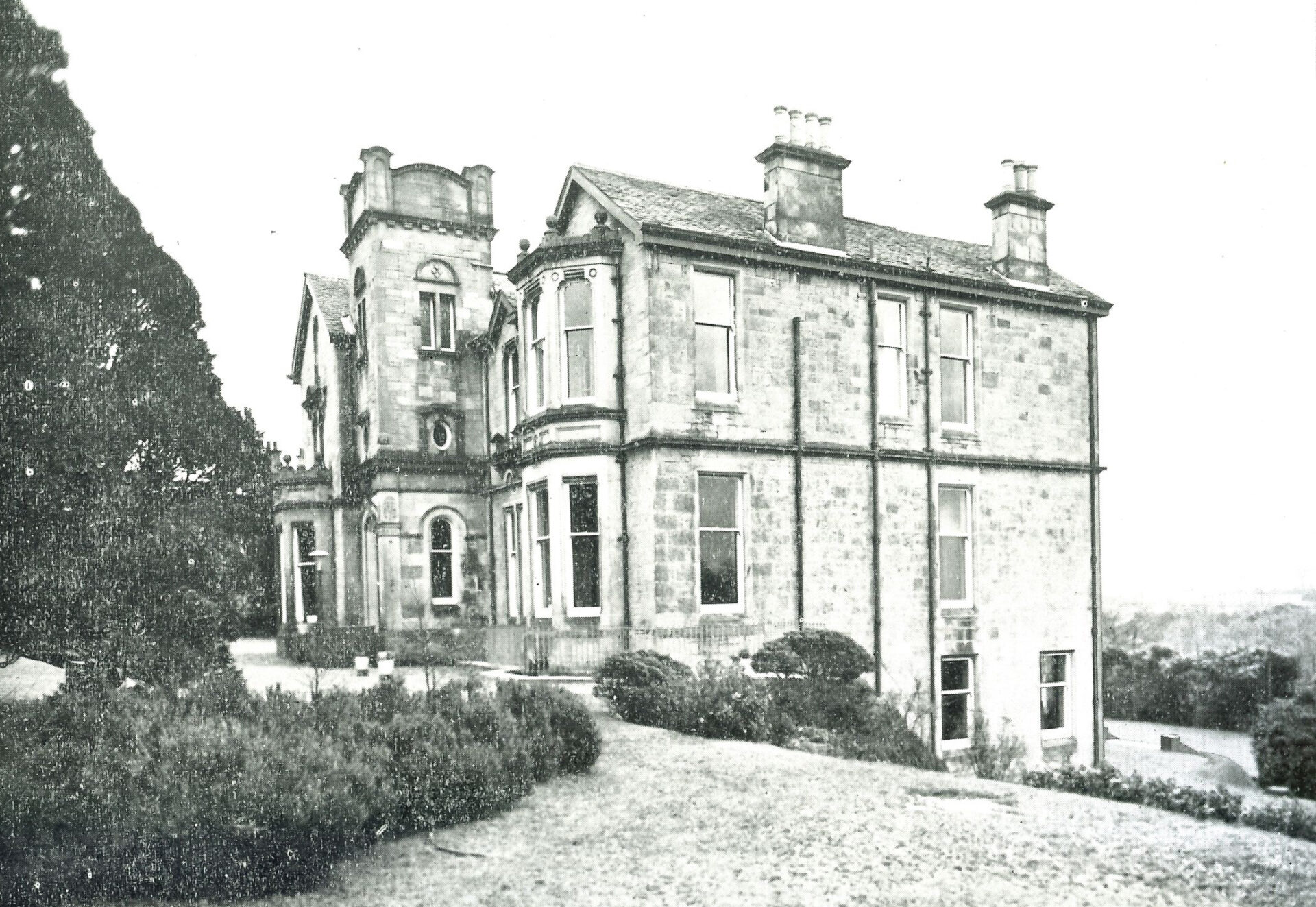HSOG History, Chapter 2: 900 years
The second instalment of #HSOGHistory takes us on a whistle stop tour across 900 years.
The High School of Glasgow can trace its history to the Sang School (choir school) for boys at Glasgow Cathedral which started around 1124. This makes us the oldest continuous school in Scotland, a tremendous accolade. Music remains an important part of our community and we continue to help young people to find their voice.
As Glasgow University evolved and developed at the Cathedral, the choir boys moved to Grammar School Wynd in 1461 and became known as Grammar School Scholars. During this time, the School was referred to as the ‘Town School’. It moved to George Street in 1788, then to John Street in 1821.
Our history may stretch back nine hundred years, however, our name is less than 200 years old. In 1834 the School officially became known as The High School of Glasgow, a key moment in our evolution.
Another milestone was the move to Elmbank Street in 1878 where we remained for almost one hundred years. A number of former pupils alive today will remember their school days at Elmbank Street.
After centuries educating boys, the Glasgow High School for Girls was founded in 1894 and was housed in Garnethill and latterly Kelvindale.


In 1919, to commemorate those former pupils who lost their lives in WWI, ground was acquired at Old Anniesland by the Glasgow High Former Pupils Club with the active support by then Rector, Peter Pinkerton, to erect a War Memorial Pavilion and provide playing fields for the School and the Club. A further 26 acres were acquired in 1927, the year the Pavilion opened, and this proved to be a critical investment in the School’s future.
1919 was also the year that the Lord Lyon granted the School its arms with the motto Sursum Semper (Ever Upwards).
Following the council reorganising education in Glasgow in the early 1970s, the Glasgow High School for Girls became Cleveden Secondary, and the High School for Boys in Elmbank Street was threatened with closure. Faced with this prospect, former pupils and friends mounted a campaign to save the School. The Director of Appeal was former pupil Norrie Thomson, who was also the school’s first Bursar, and the appeal raised £625,000 (equivalent to £4 million in today’s money). These funds were used to build the Senior School on the land previously acquired at Old Anniesland.

After the closure of the Boys’ High School on 30 June 1976, a merger involving the Glasgow High School Club and Drewsteignton School in Bearsden heralded a new independent, co-educational High School of Glasgow which came into being the following day. The Senior School moved in 1977 to a purpose-built building at Old Anniesland, with Drewsteignton School on Ledcameroch Road the location of the Junior School to this day.
In recent decades, the Junior School and Senior School have evolved many times, benefitting from several new developments to make them the vibrant places of memorable learning they are today. Many former pupils will have fond memories of their time spent learning, making friends and mastering new skills in these buildings and on the playing fields.

The next instalment of #HSOGHistory will be available in March.
You can watch a more detailed, animated timeline of our history here.
For a more in-depth account, we suggest you read Brian Lockhart’s The Town School and Harry Ashmall’s The High School of Glasgow. Should you wish to purchase a copy of either book you can do so here.

